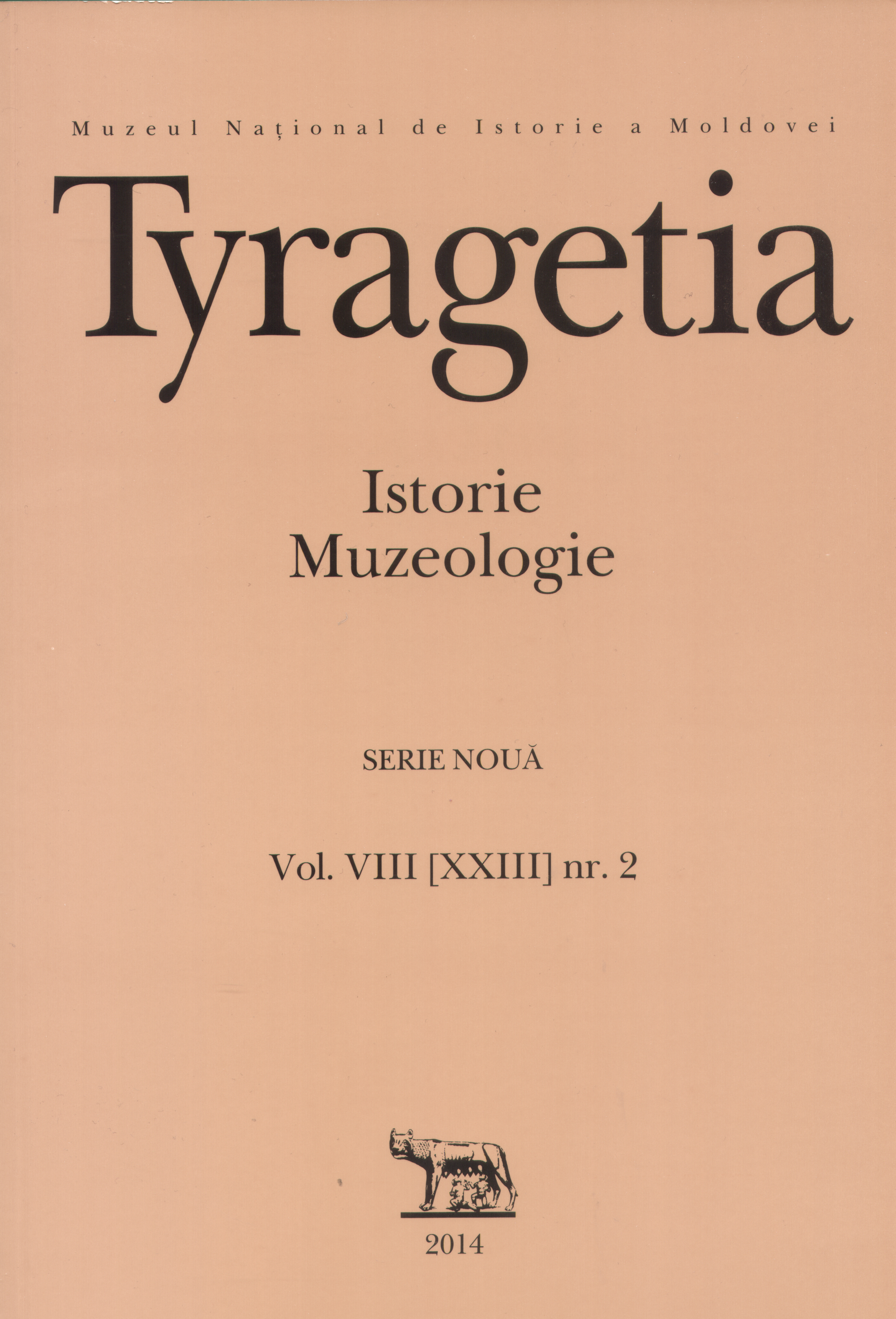A seal of the Church of the Holy Sepulcher of the 17th century from the State Hermitage Museum collection, Saint Petersburg
A seal of the Church of the Holy Sepulcher of the 17th century from the State Hermitage Museum collection, Saint Petersburg
Author(s): Yuri PyatnitskySubject(s): History
Published by: Muzeul Naţional de Istorie a Moldovei
Keywords: Patriarch of Jerusalem; Theophanes; stamp; Hermitage Museum collection
Summary/Abstract: The article is focusing on a small metal medallion engraved with the scene “Descent into Hell” and the Greek inscription from the Hermitage Museum collection. This item has been published several times by Hermitage researcher Vera Zalessk as “lid from a piksidy brought by a pilgrim from Jerusalem, which could also be used as a matrix for making Eulogy copies”. This fantastic interpretation was repeated in several publications; she also wanted to publish it again in the catalog of the exhibition dedicated to the 150th anniversary of Academician Nikolai Likhachev. The later prompted me to write in 2011 a special article with another interpretation of this object and two other similar ones. Studying Greek documents in the Archives of Ancient Acts in Moscow, I noticed that the stamps from the documents issued by the Jerusalem Patriarchate are extremely similar to the object from Hermitage Museum by the typology, iconography and inscriptions. Continuing research in this direction, I found strong arguments for the identification of this object as a stamp of the Jerusalem Brotherhood of the Holy Sepulchre Temple of the 17th century. Comparison with the document of the first quarter of the 17th century by Patriarch of Jerusalem Theophanes, made us believe that manufacturing of this stamp was commissioned in Constantinople by the patriarch before his trip to Russia to appoint the Moscow Patriarch Filaret Nikitich, father of Tsar Mikhail Romanov. The time it was made may be considered as in the first quarter of 17th century through analogy with the personal seal of Patriarch Theophanes.
Journal: Tyragetia (Serie Nouă)
- Issue Year: VIII/2014
- Issue No: 2
- Page Range: 257-270
- Page Count: 14
- Language: English

